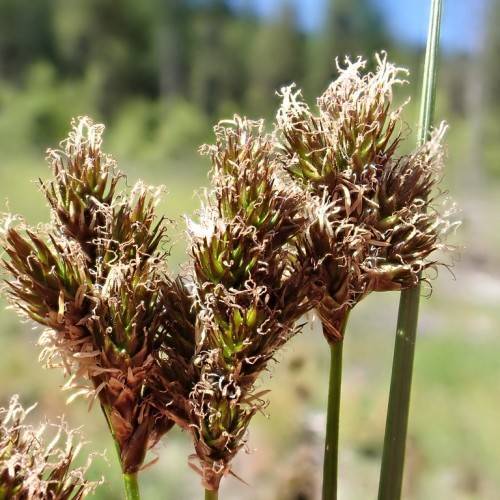
Thick Head Sedge
Carex pachystachya
Also Known As - Chamisso SedgeWatering:
Minimal
Hardiness Zone:
Flowers:
Flowers
Sun:
Partial Shade, Deciduous Shade (Spring Sun)
Soil:
Sand
Leaf:
Yes
Growth Rate:
Low
Drought Tolerant:
Yes
Salt Tolerant:
Yes
watering
Necklace spike sedge requires frequent watering during the summer months, with the soil kept evenly moist. Water this plant when the top 1-2 inches of soil begins to dry in between watering. In the winter, water infrequently and only enough to keep the soil from drying out completely. It is best to experiment and find the amount of water your specific plant will need to get through the season as it varies based on soil type, sunlight, temperature, etc.
sunlight
Necklace Spike Sedge prefers sun to partial shade, and does best in locations with full morning sun and afternoon shade. This species prefers moist soils but will tolerate dry ones. It requires consistently moist soils in order to thrive, so water should be applied regularly when the weather is hot and dry. It is also important to place plants in a location that is well-drained and damp; standing water should be avoided. In optimal growing conditions, Necklace Spike Sedge will typically receive at least 6 hours of direct sunlight each day.
pruning
Necklace Spike Sedge is a low growing, spreading, evergreen sedge. The best time to prune it is early spring, when the new growth begins to appear. Pruning should be done lightly, by trimming off the older or brown leaves. This will ensure only healthy foliage stays on the plant. A light pruning once per year is ideal, although there is no need to prune it very intensively or often. Pruning too much can damage the delicate foliage structure of this plant, leading to a less desirable appearance. If pruning is necessary, it should be done with sharp scissors or other clean tools to and exceptionally careful manner.
